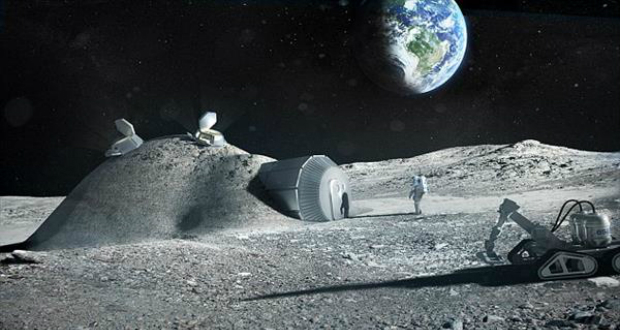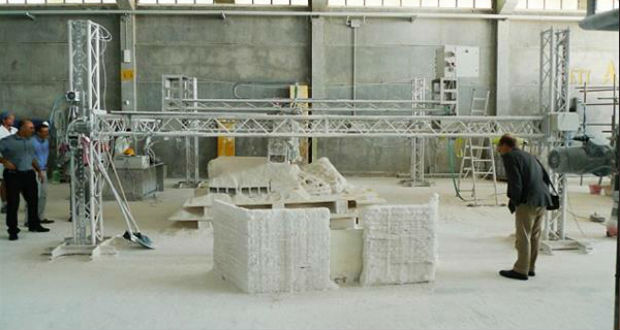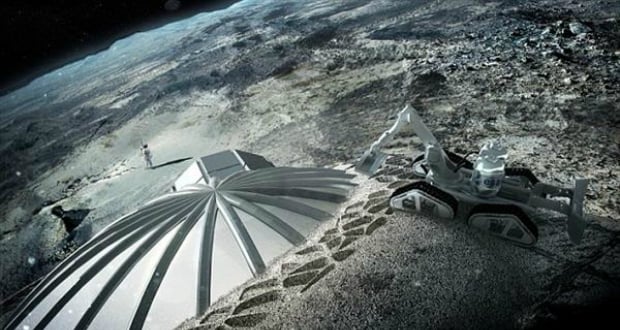A moon village is being planned for 2030

Building a future for humans in space was once thought to be just a pipe dream, but today, this could become a reality thanks to 3D printing (and the moon). With the recent approval by the European Space Agency (ESA), they are now working alongside architects to assess the feasibility of 3D printing using soil found on the moon to create a moon village.


3D printed blocks made from lunar regolith
“3D terrestrial printing technology can produce whole structures”, explains Laurent Pambaguian, the head of the ESA project. “Our industrial team is investigating whether it could be used to build a lunar habitat”.
According to Pambaguian, ESA partners have developed a dome design with a cell wall to protect the occupants from micrometeorites and space radiation.
The design of the base will take into account the properties of the lunar soil, with the first step being the construction of a first block. “3D printing offers an economical way to create a lunar base with significant reduction in logistics from Earth”, says Scott Hovland of the ESA flight team. “These new opportunities are now being considered by the international space agencies as part of the development of a common exploration strategy”.
Today their 3D printers are building at a rate of about 2m (about 6.6 ft.) per hour, with the expectation that this will increase to 3.5 m (about 11.5 ft.) per hour. Meaning that we will be able to complete an entire building in a week.

The dome design to be used for the village
The moon village is expected to begin construction within the next 15 years and is looking for international cooperation with all countries of the world. Wörner, a member of the European Space Agency, said “We have enough terrestrial problems between different nations. Space can save these earthly problems and the moon seems like a good place to start”.
Despite the differences between the ESA and NASA, the two are working closely together to advance the efforts in the exploration of deep space for humankind. The ESA is providing the service module in Europe to be used in conjunction with the upcoming NASA spacecraft the Orion, which will include parts that were 3D printed.
Although it could be more than a decade before we know whether Mars or the Moon will be our next home, what we know for sure is that any advances made will be thanks to 3D printing technologies.

What do you think of these developments? Would you want to live on the moon? Let us know in a comment below or on our Facebook and Twitter!






